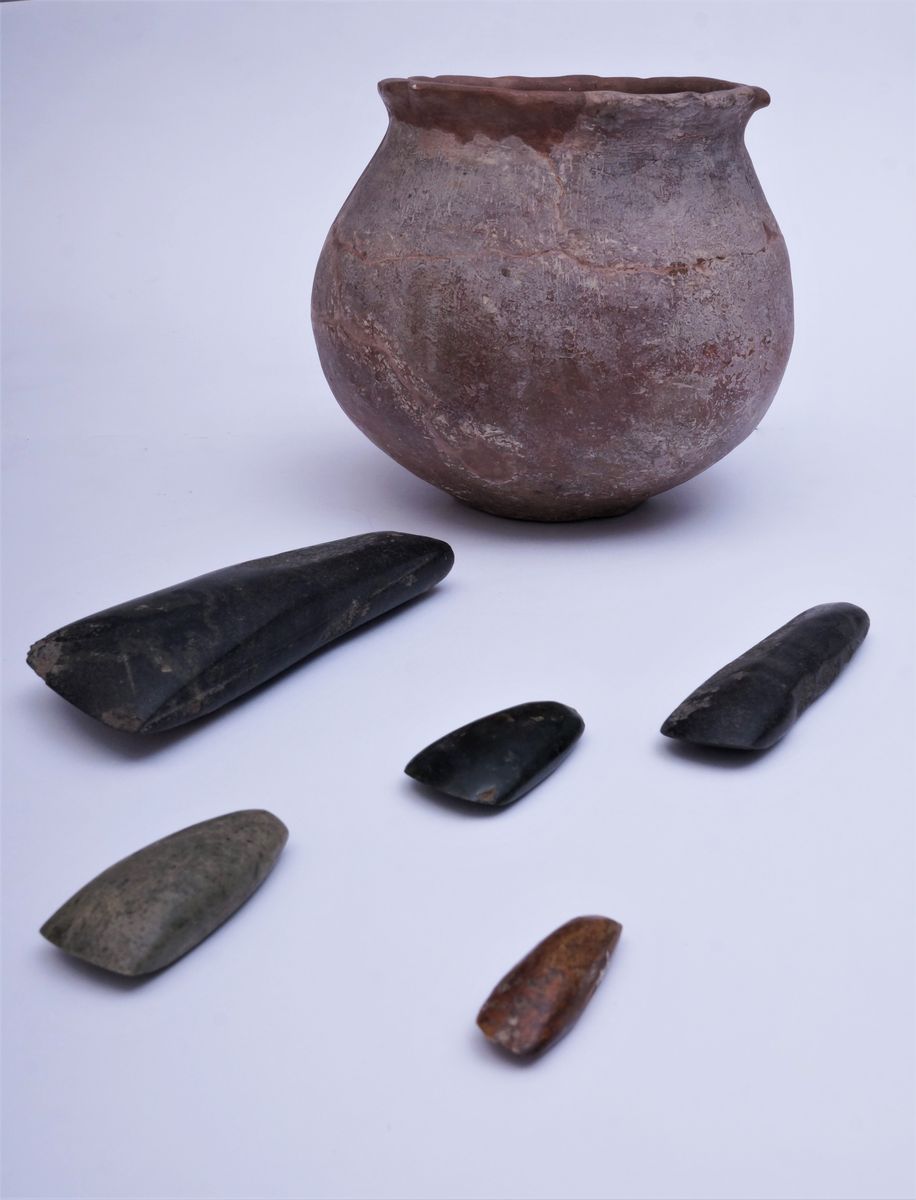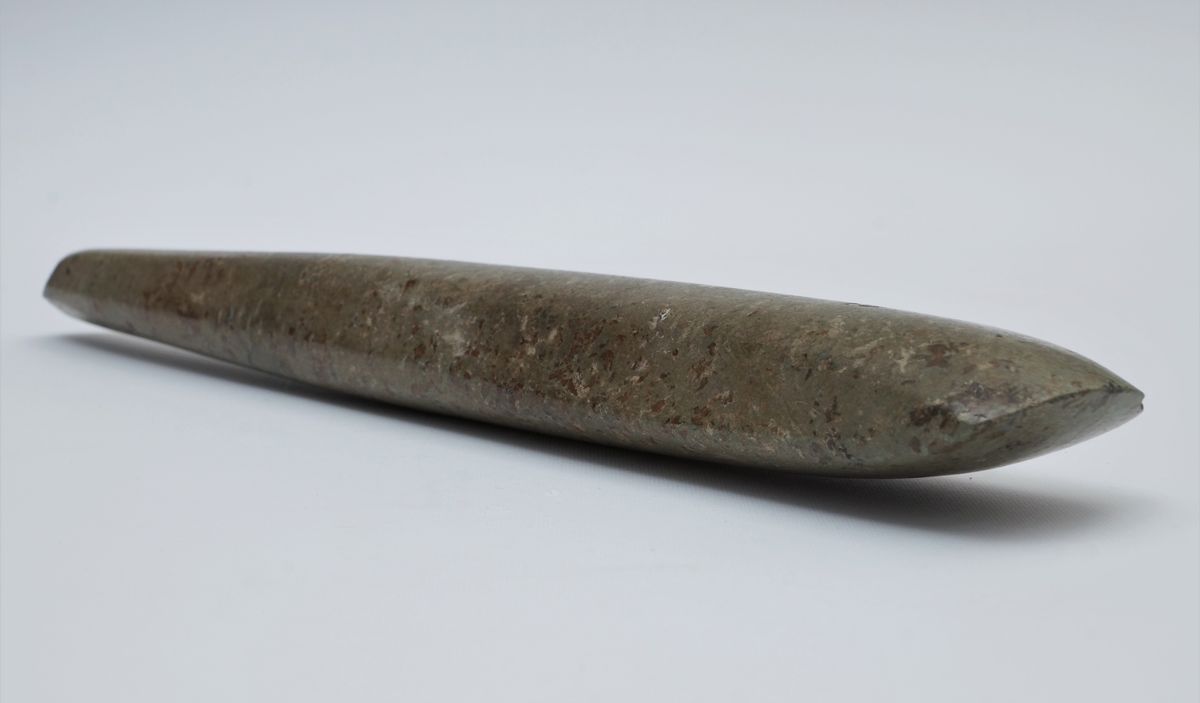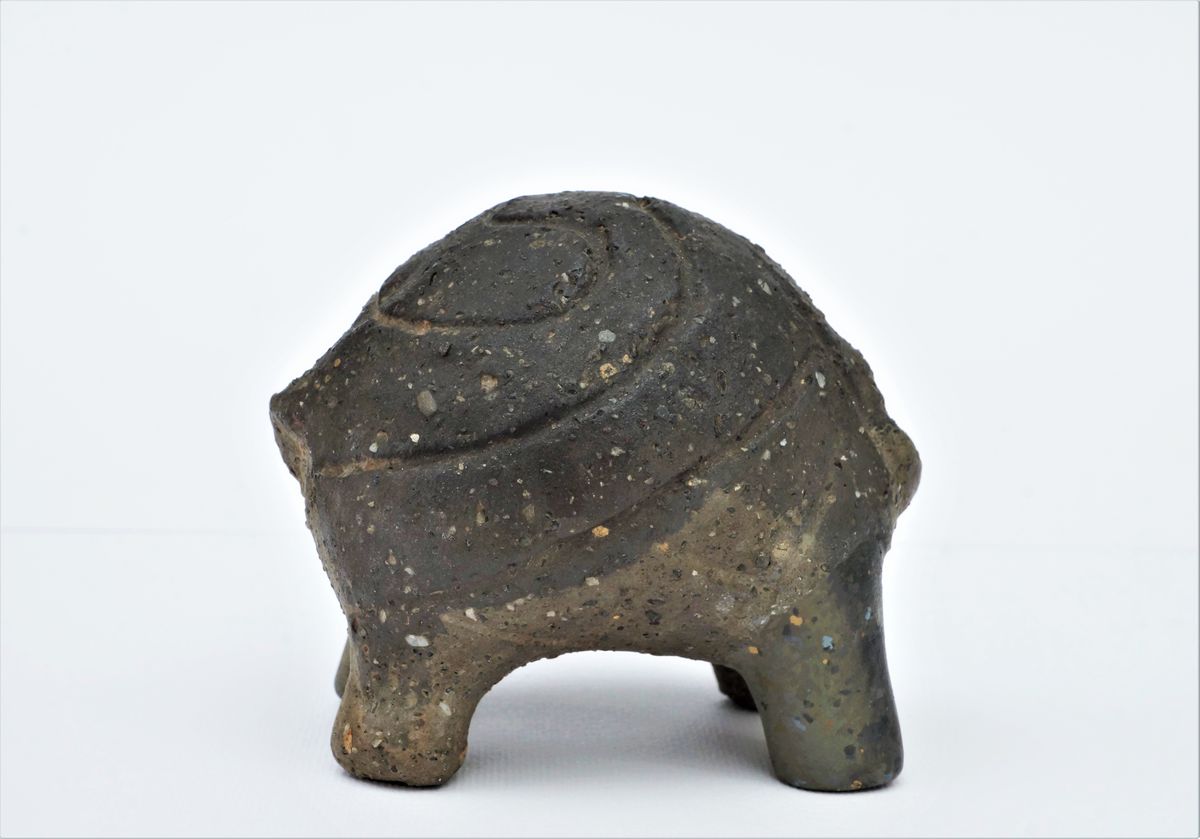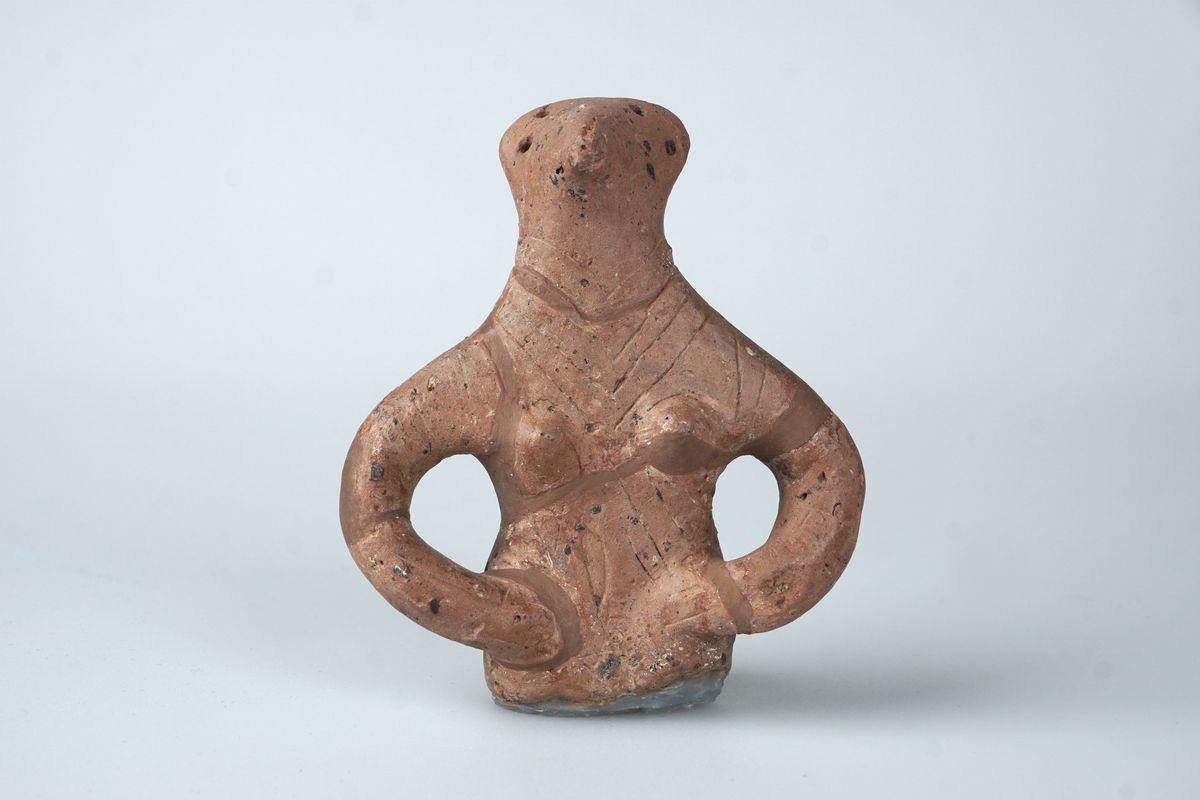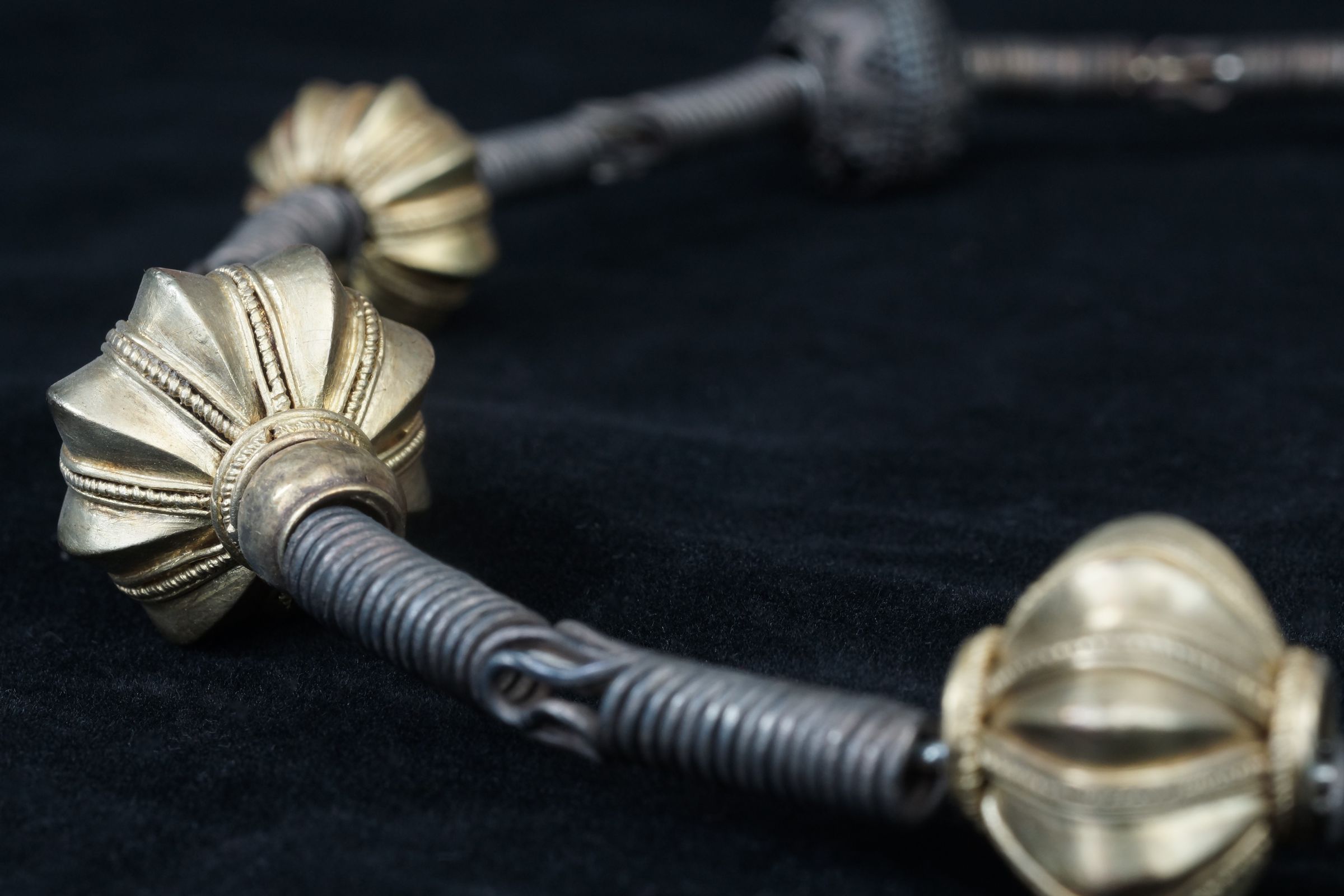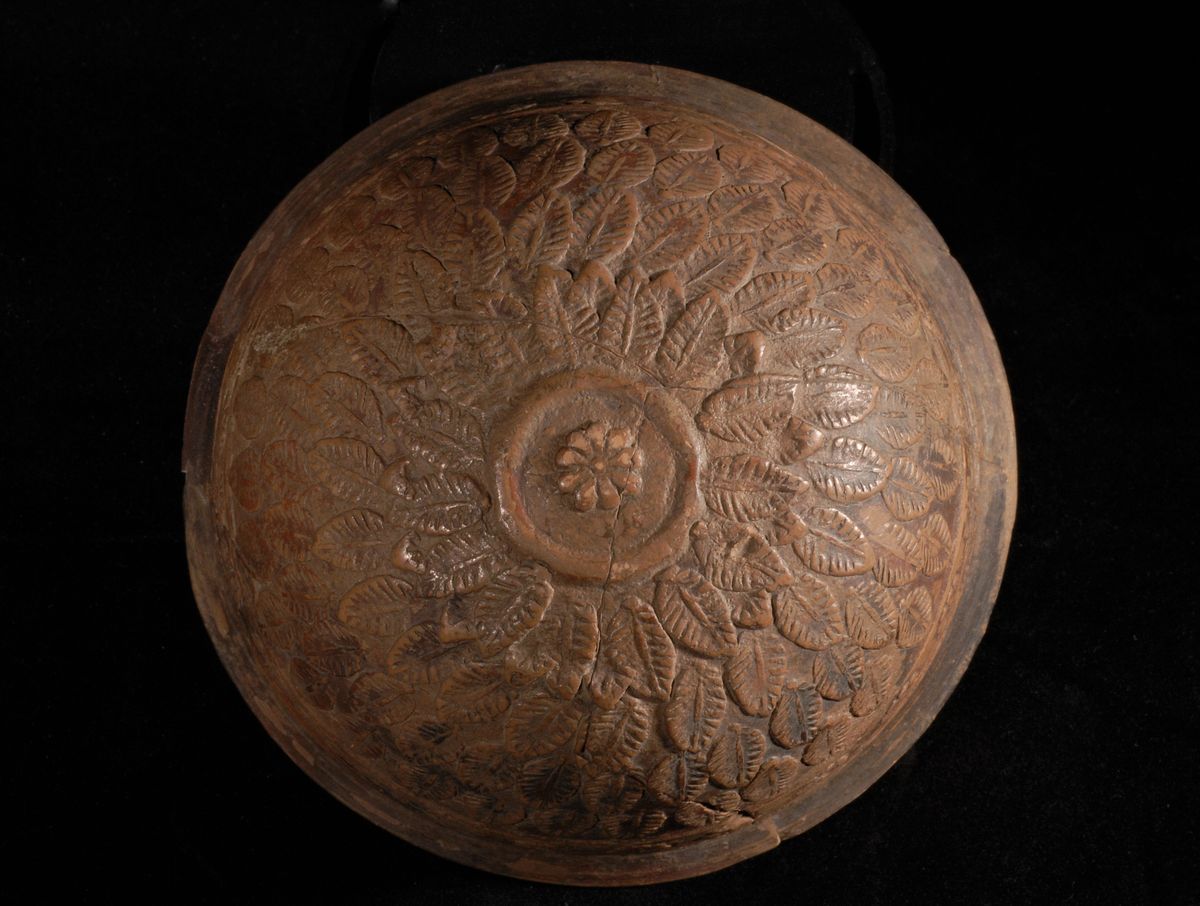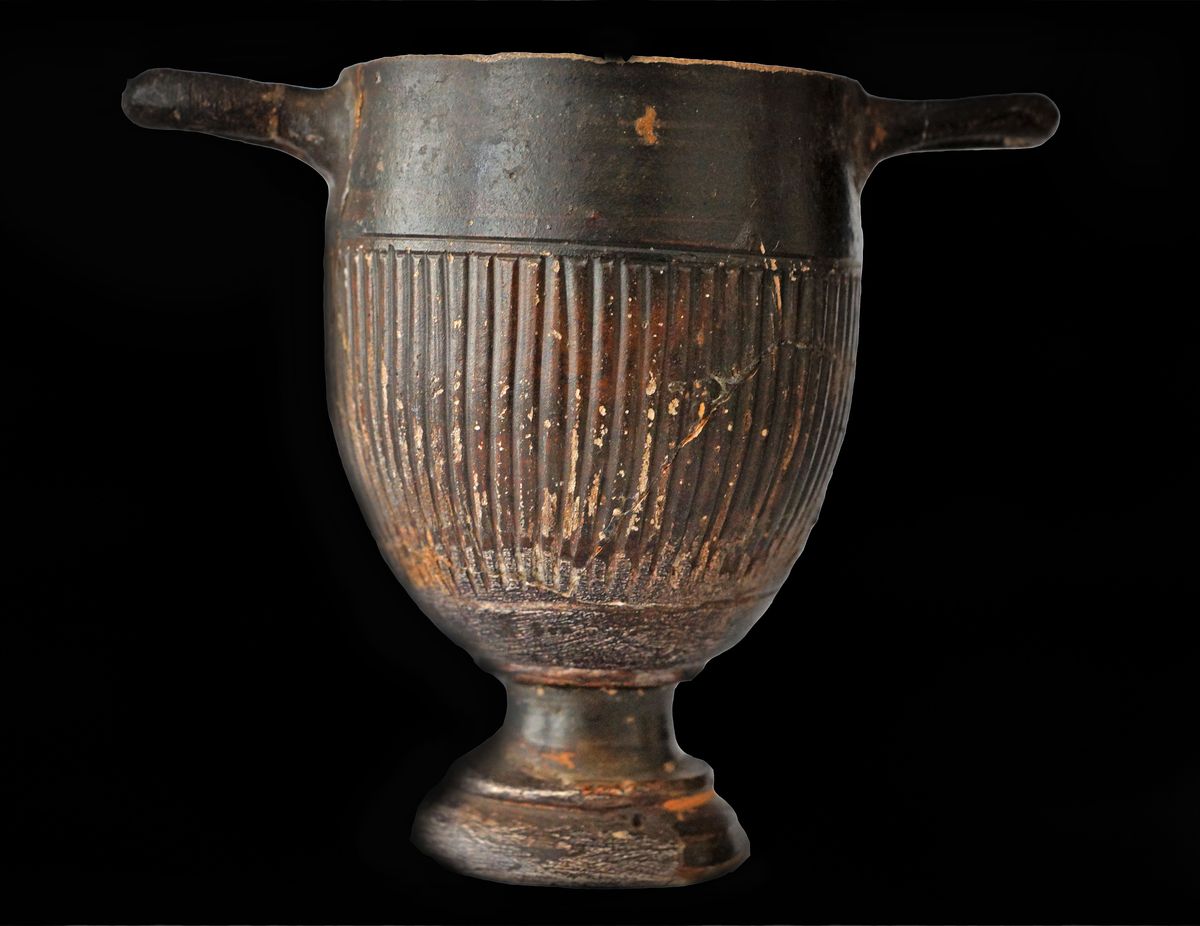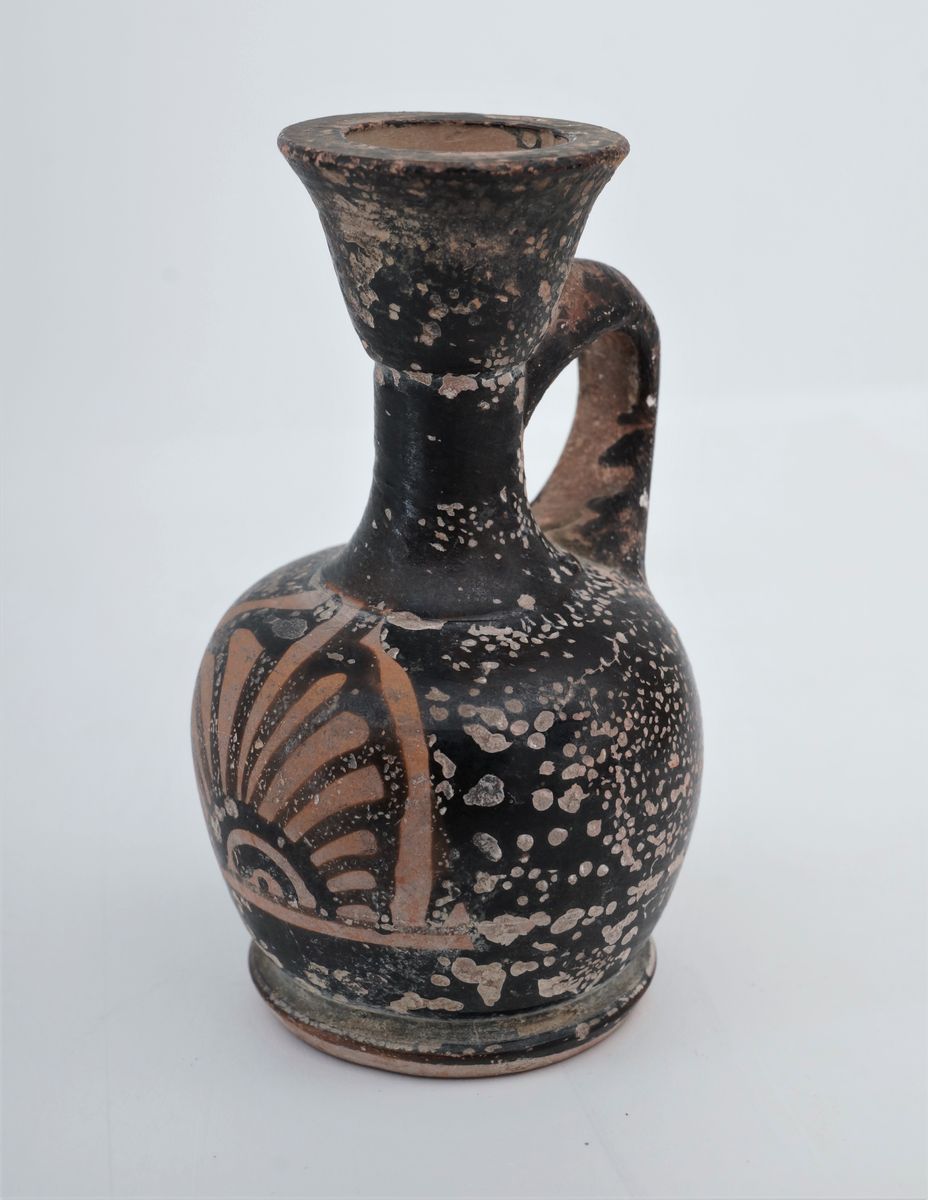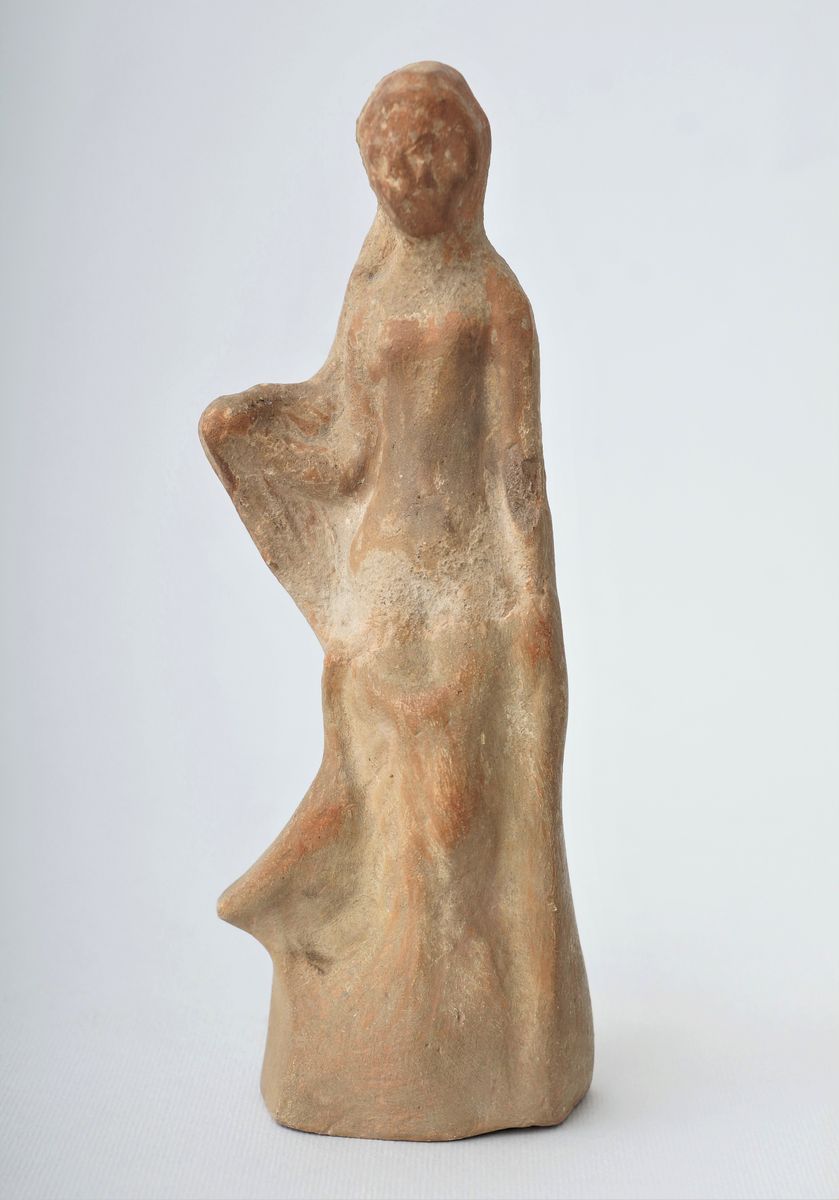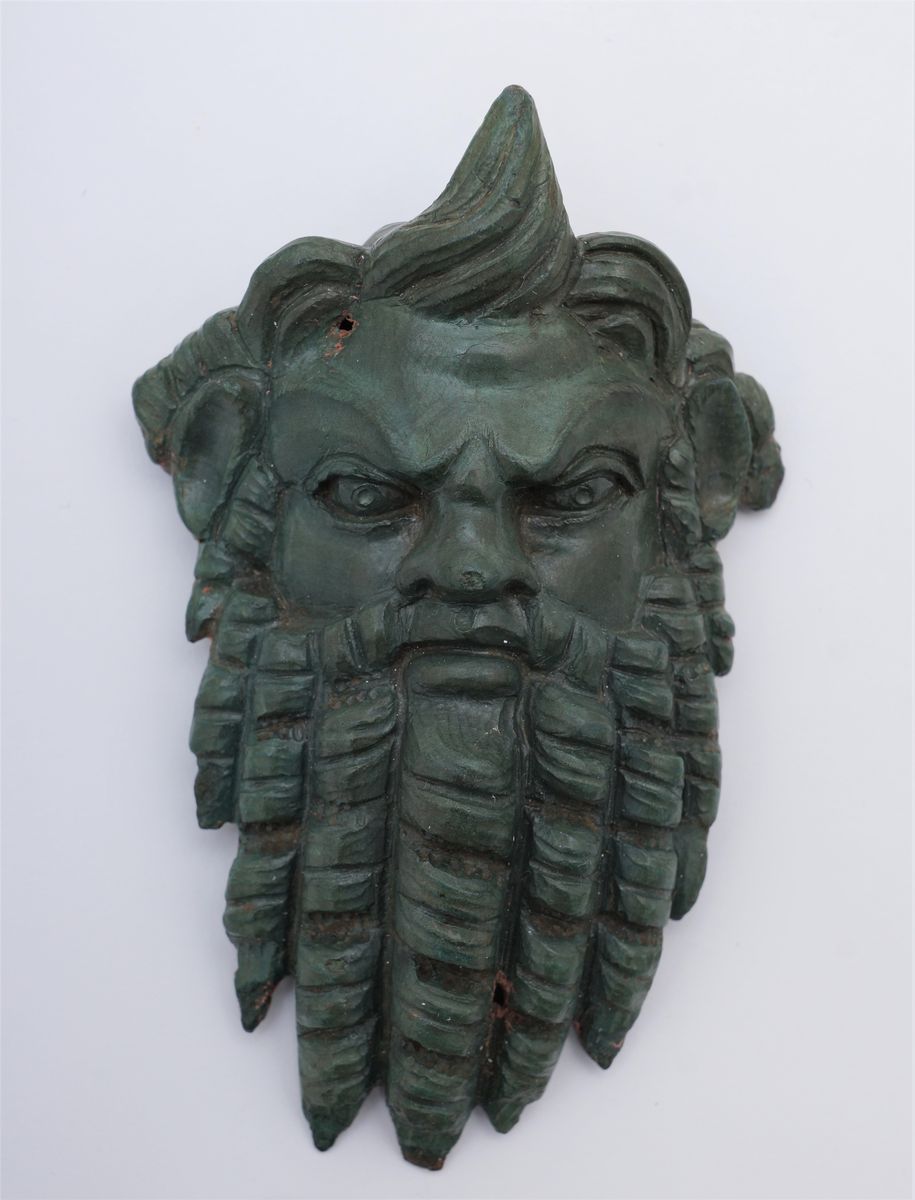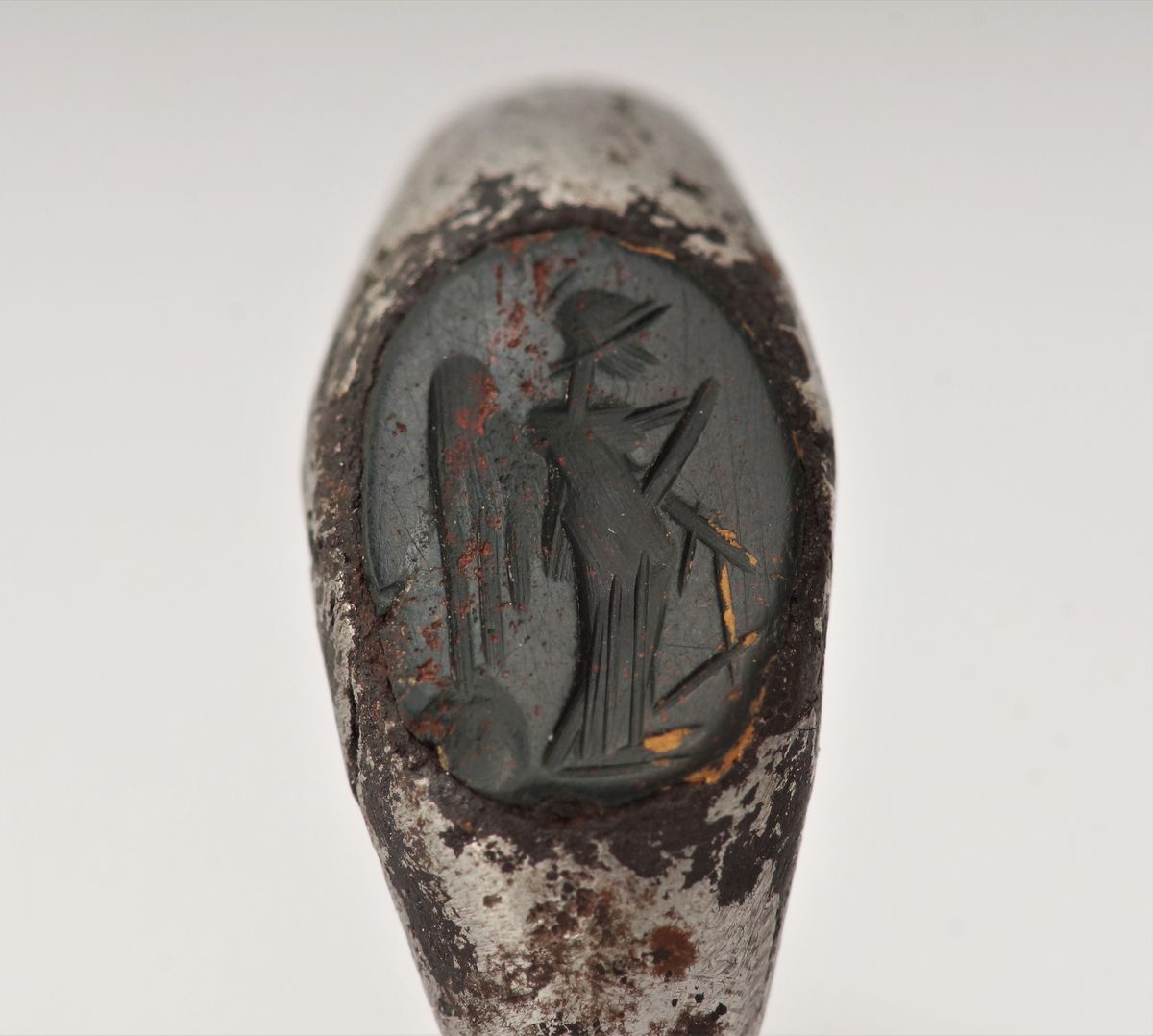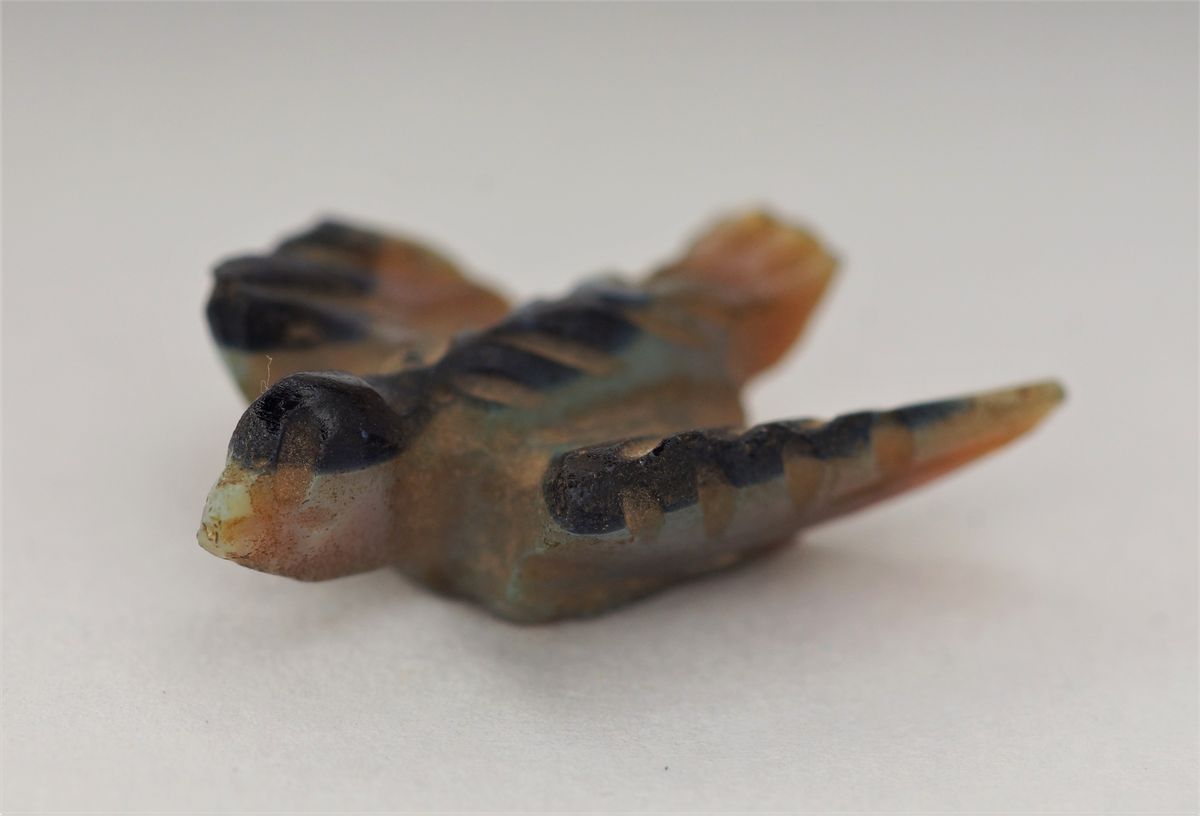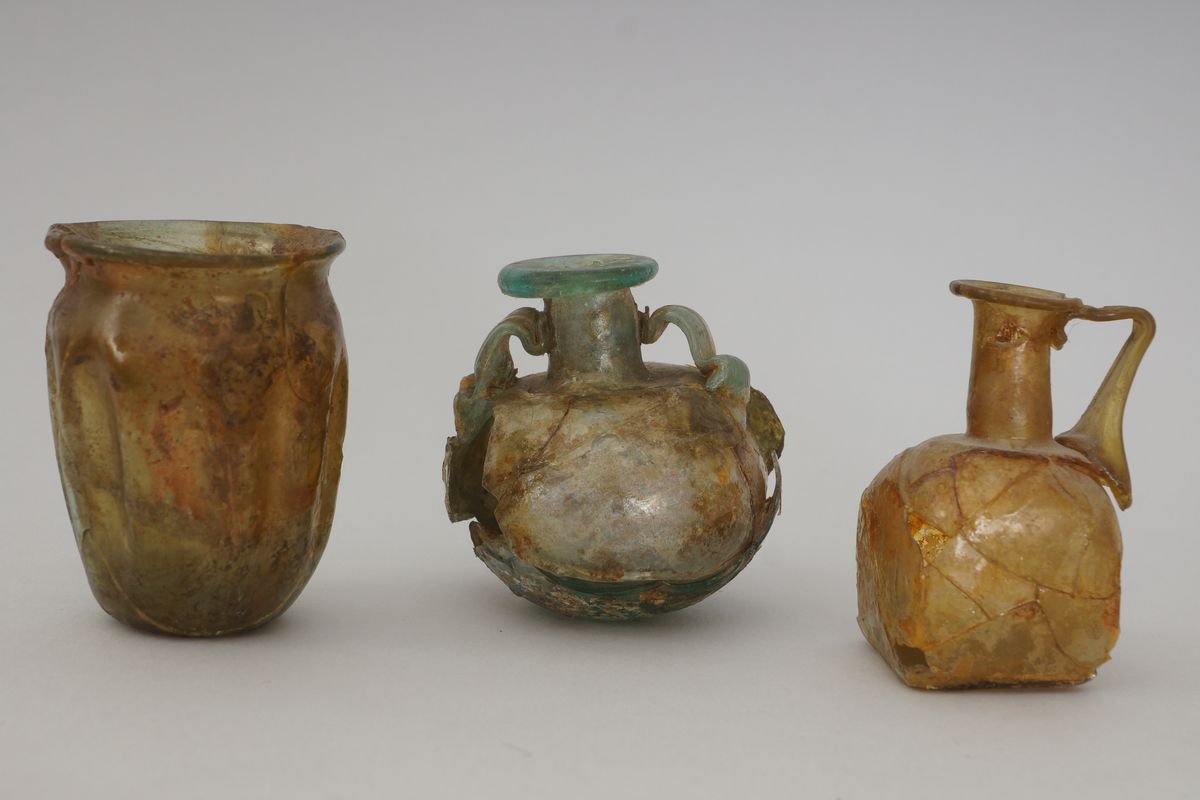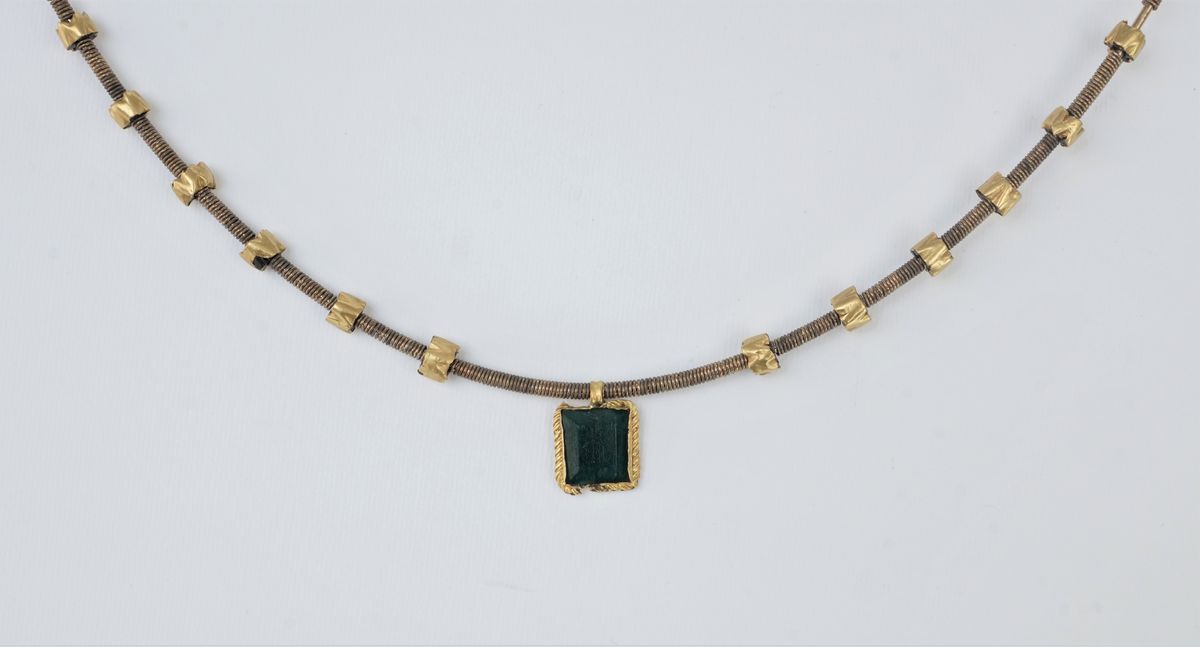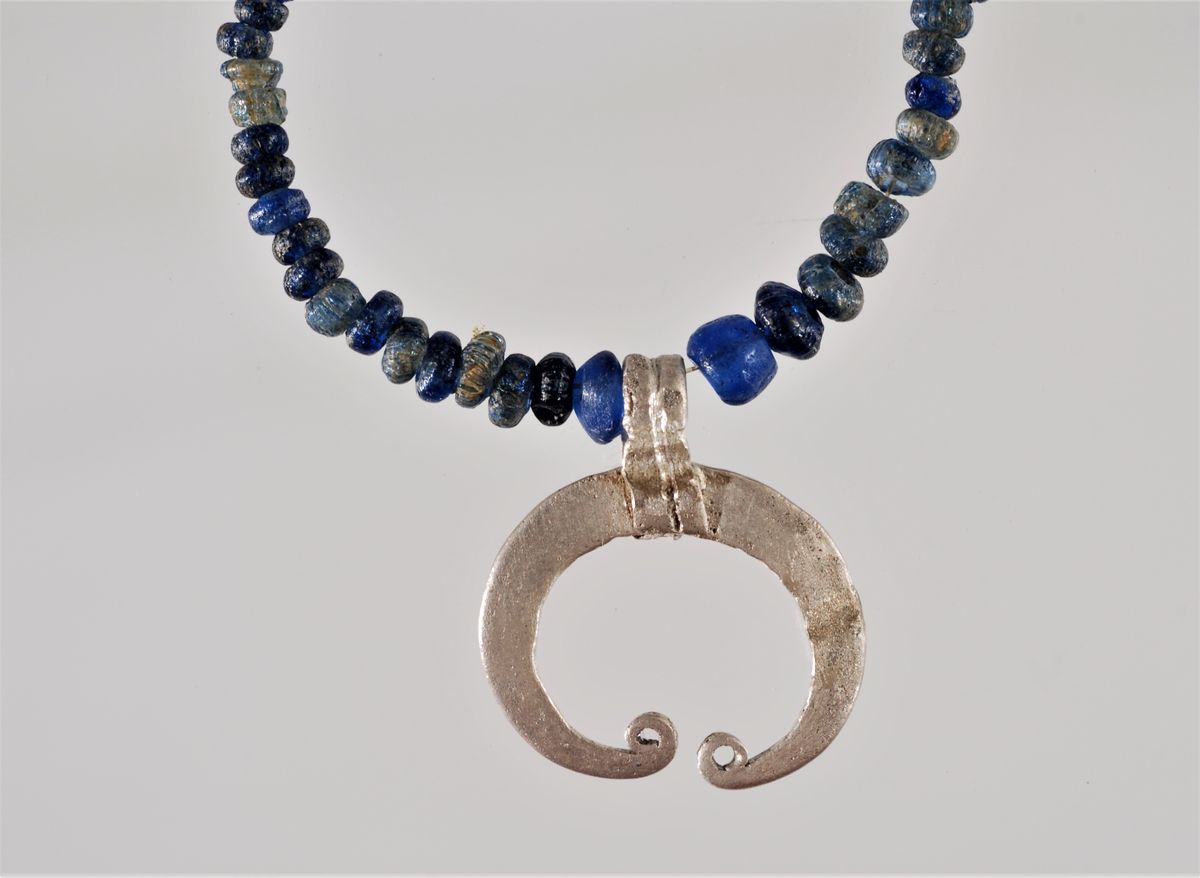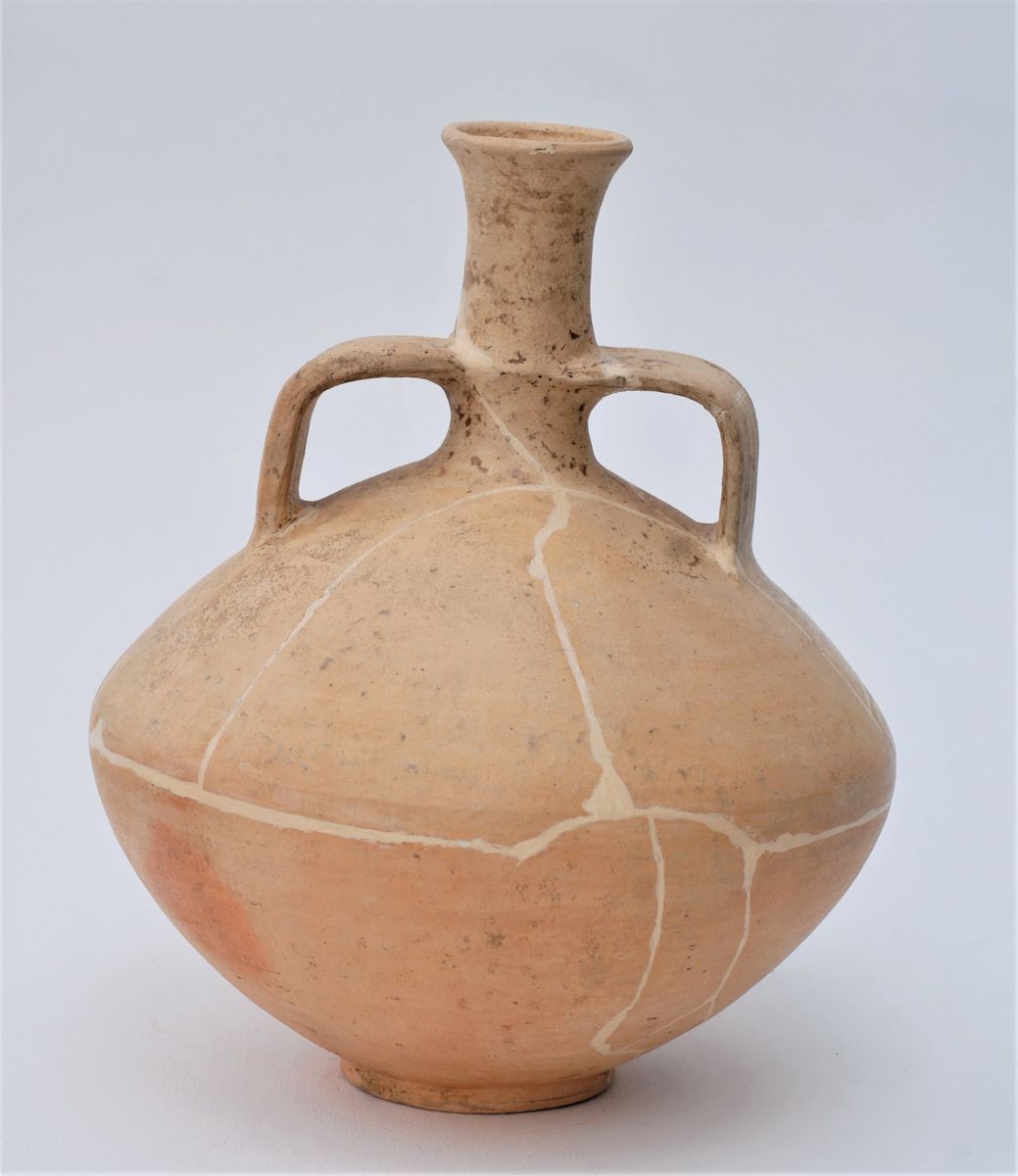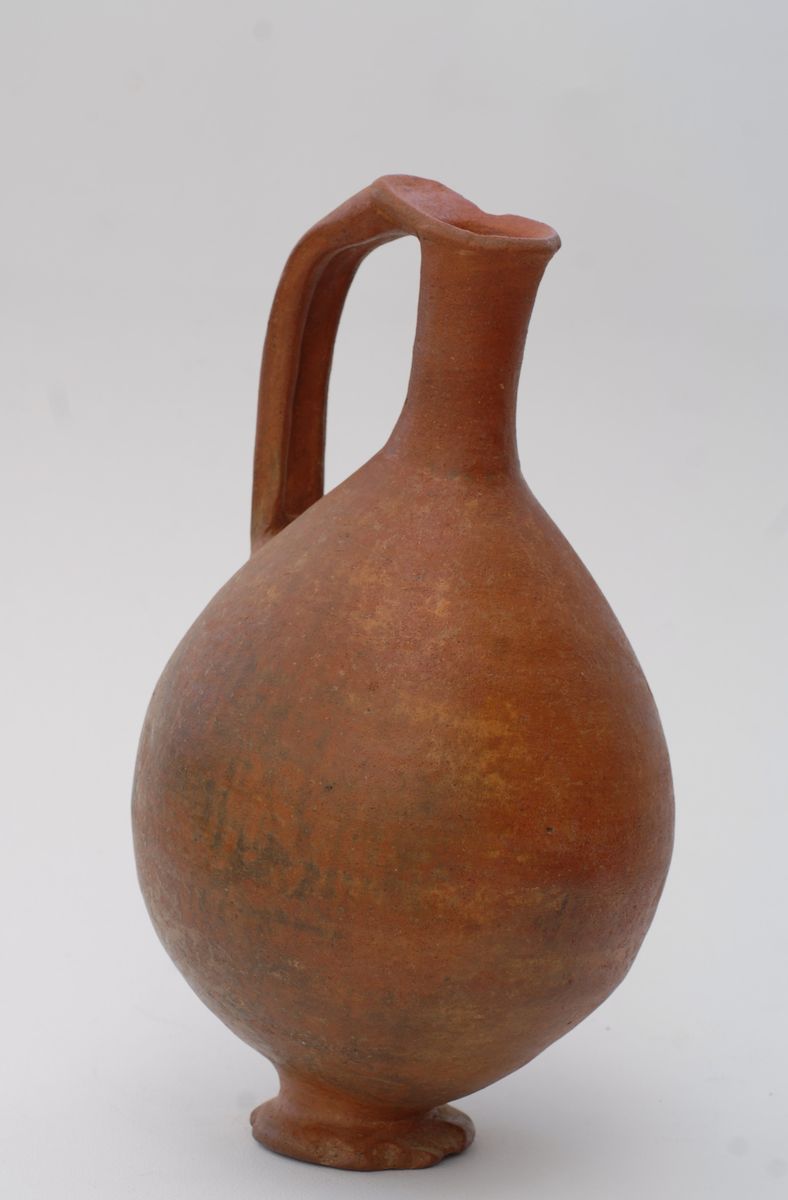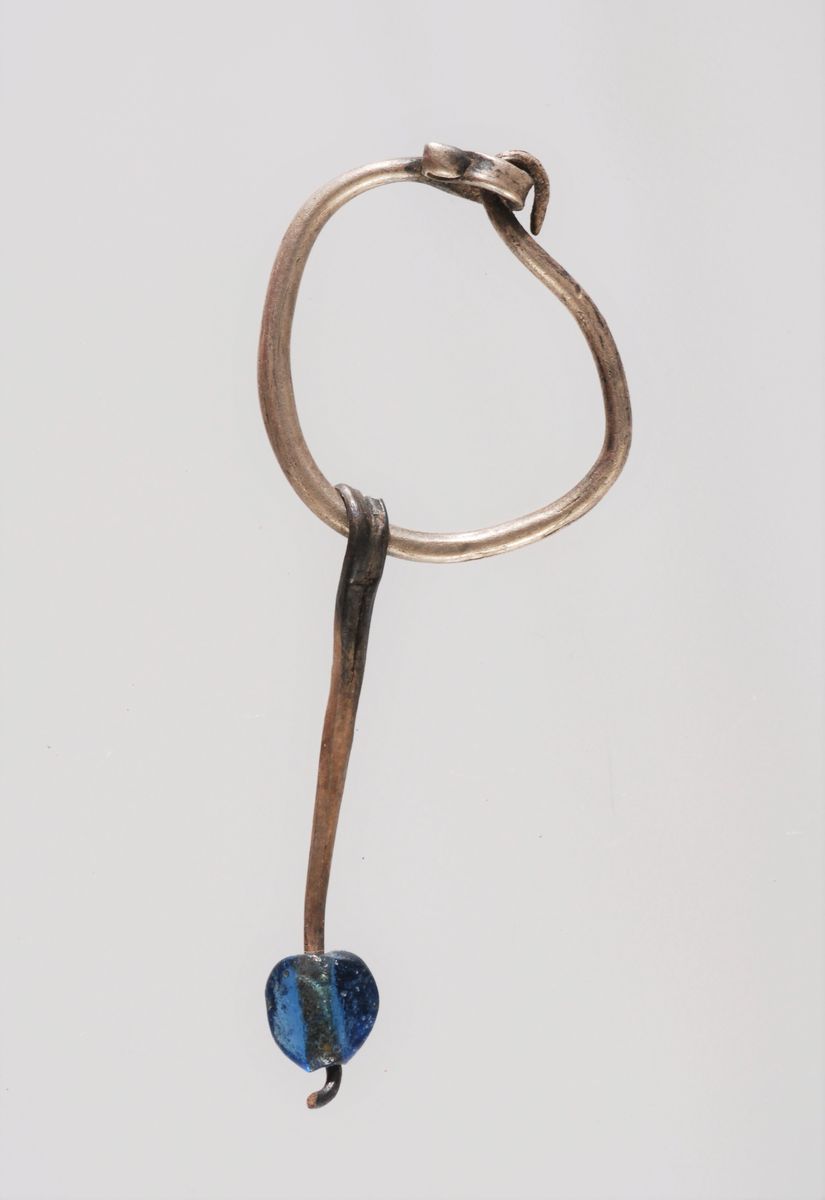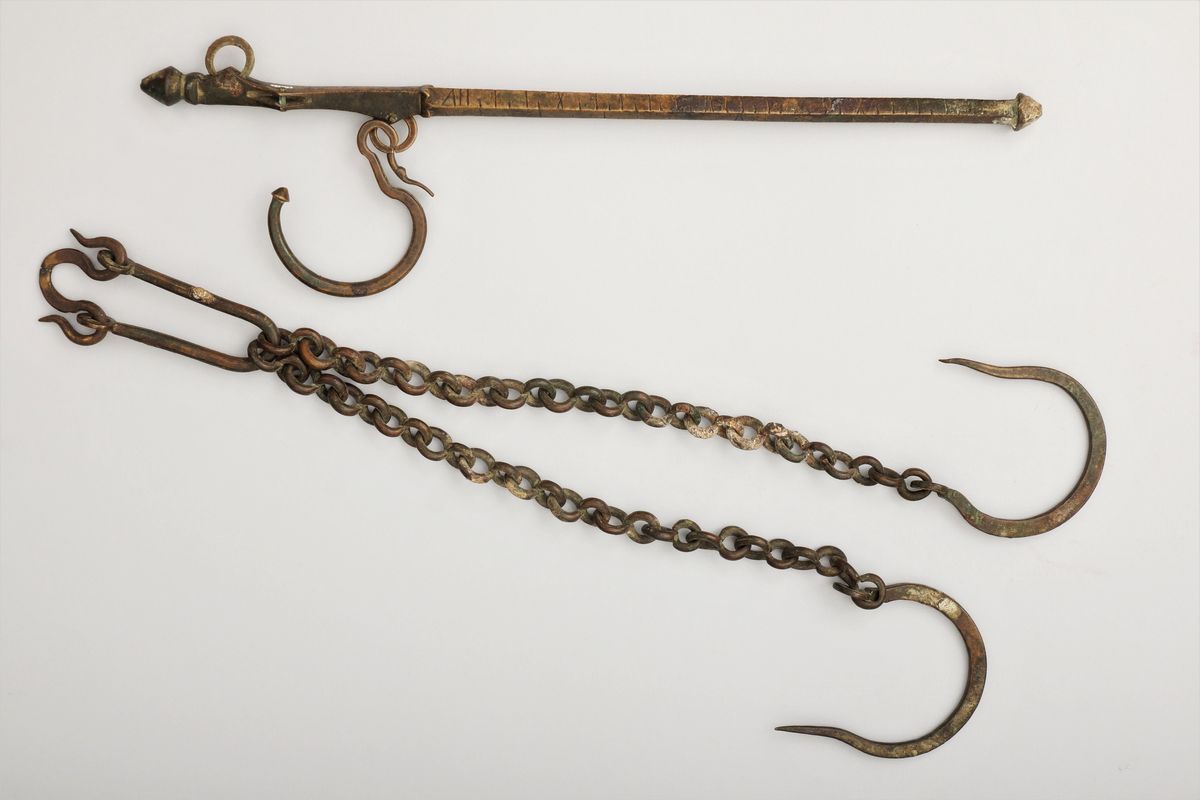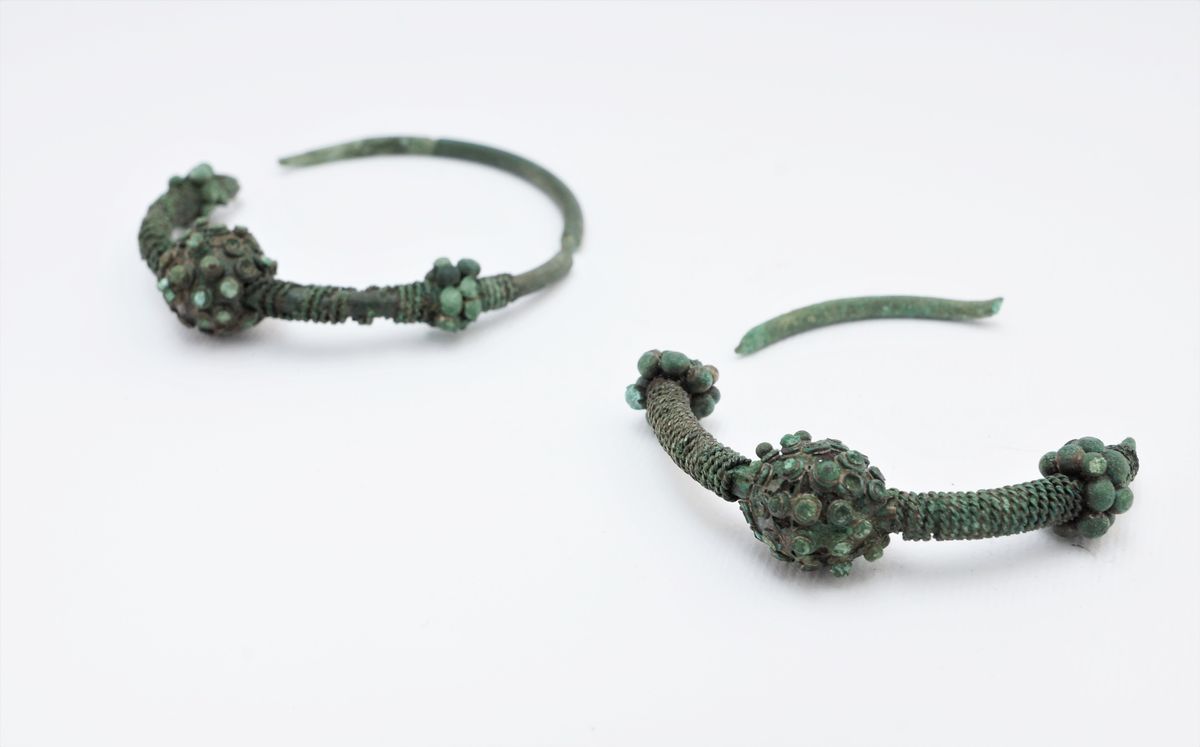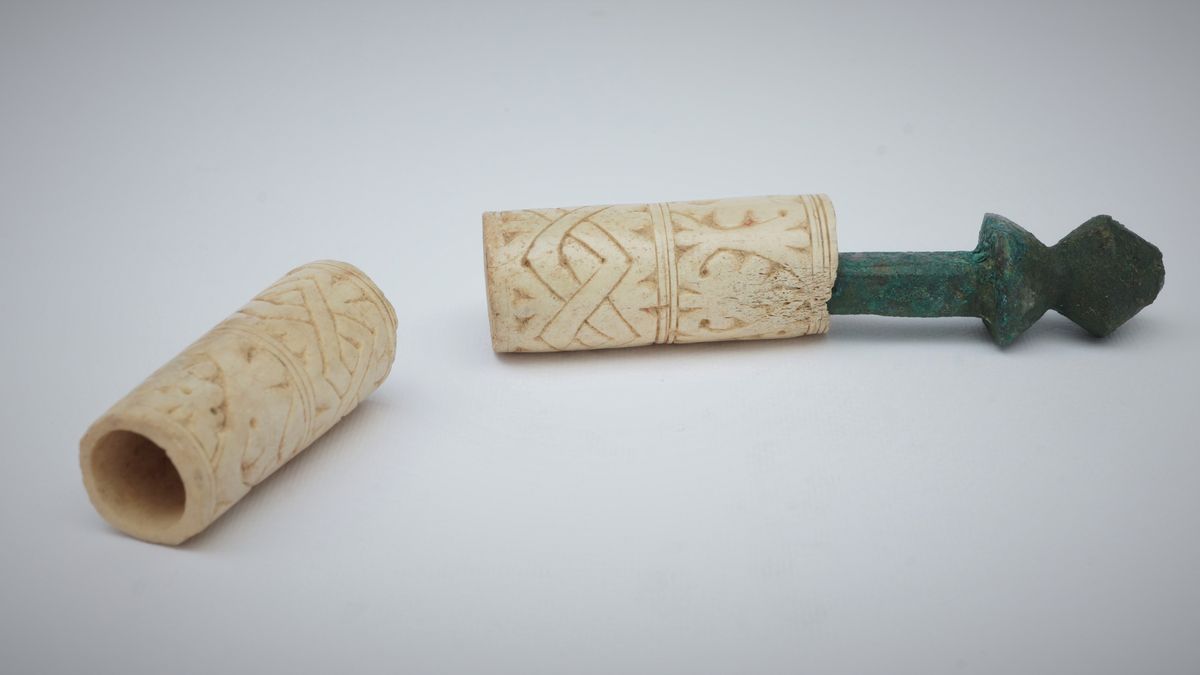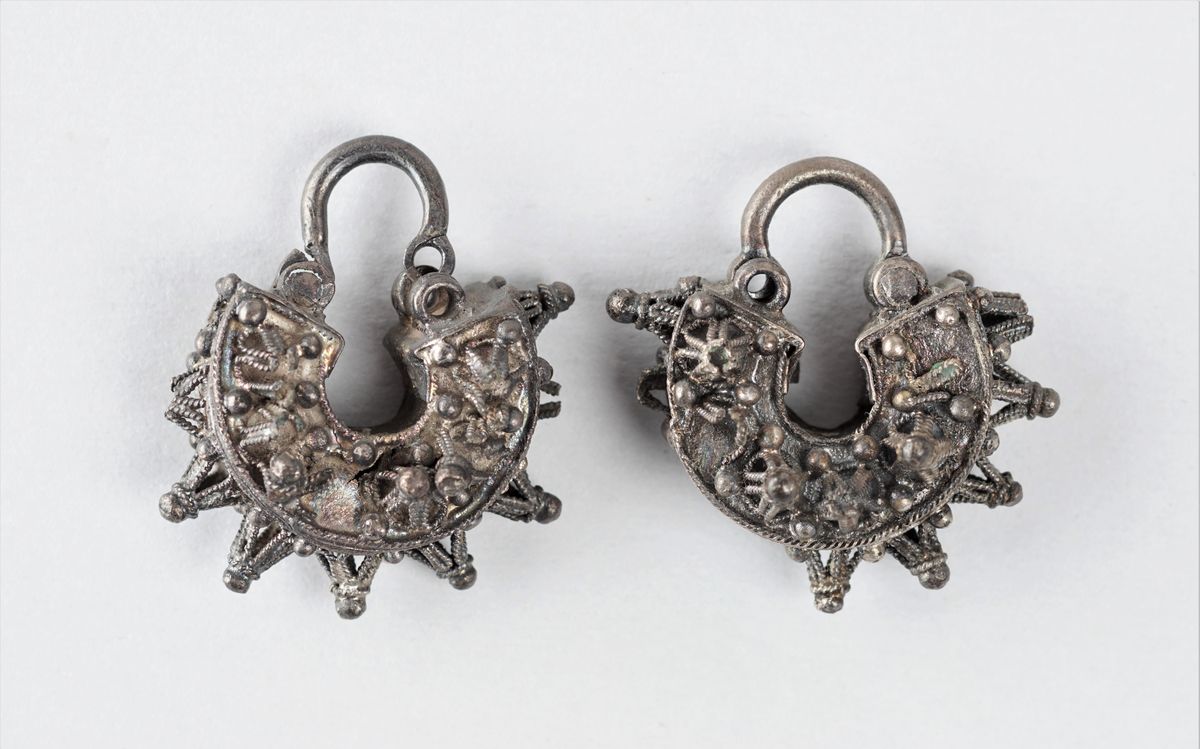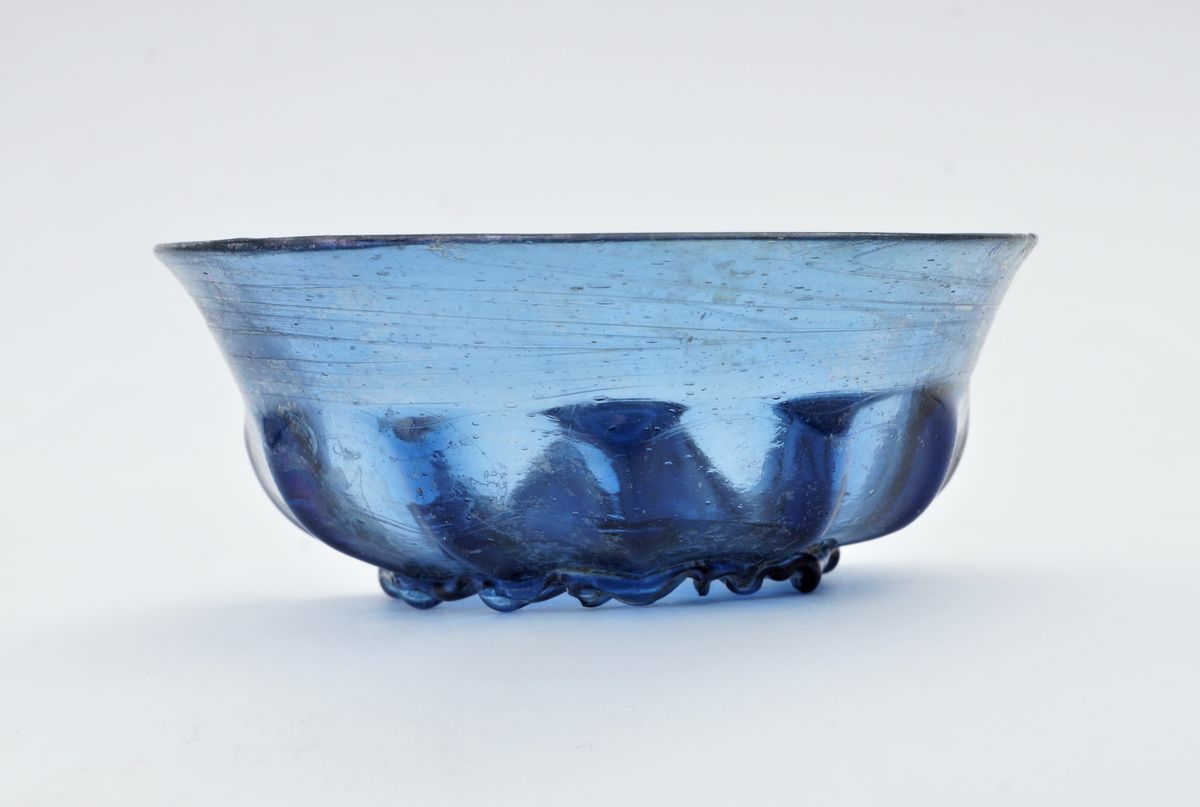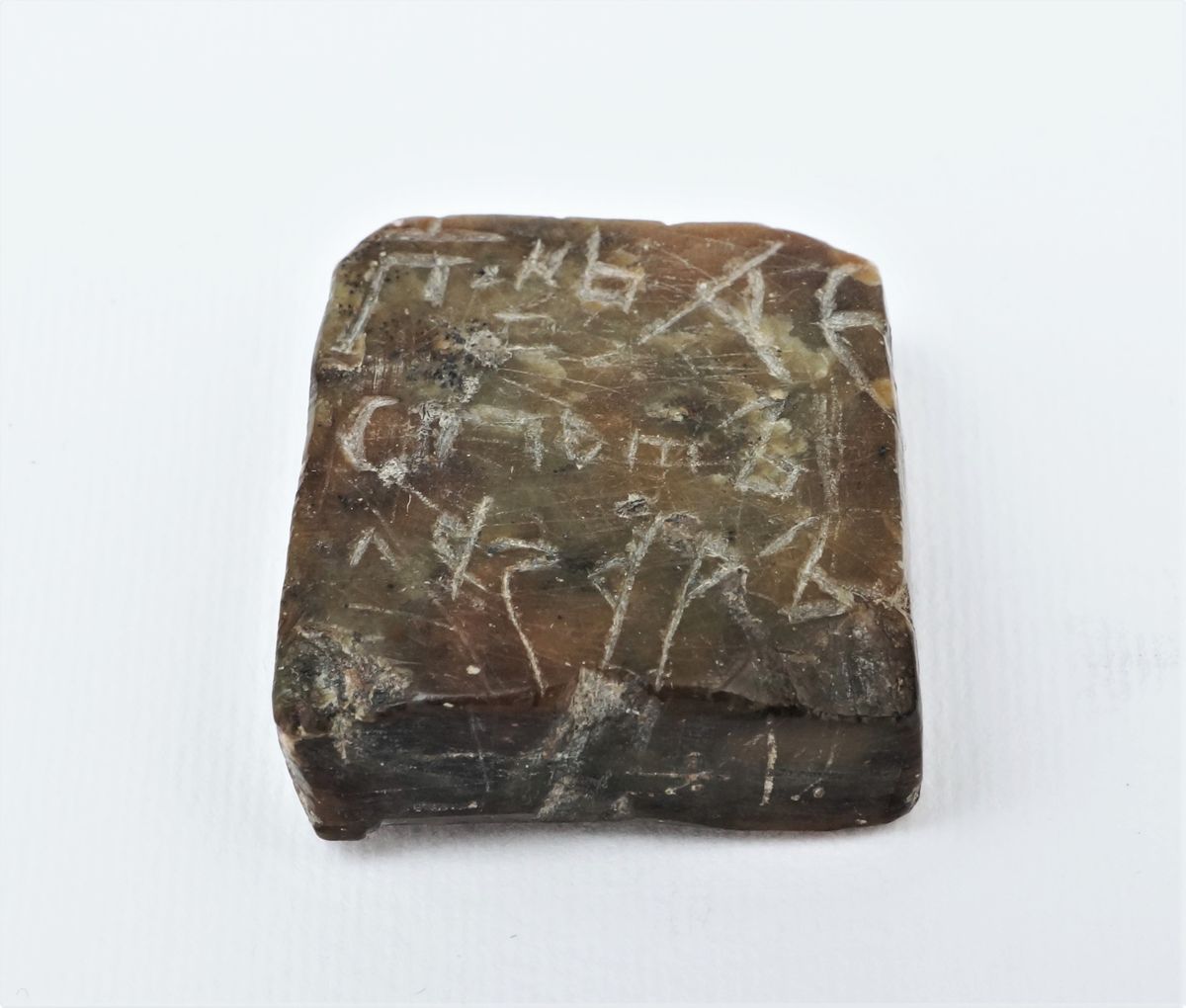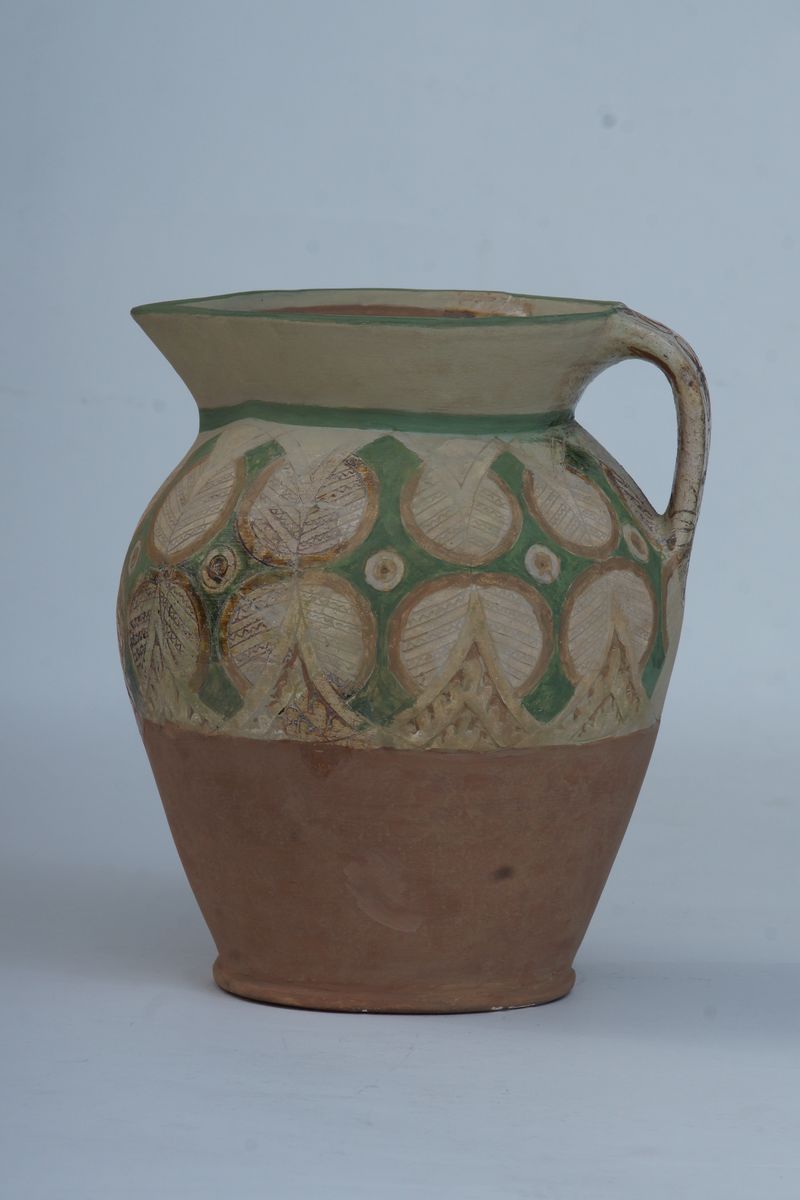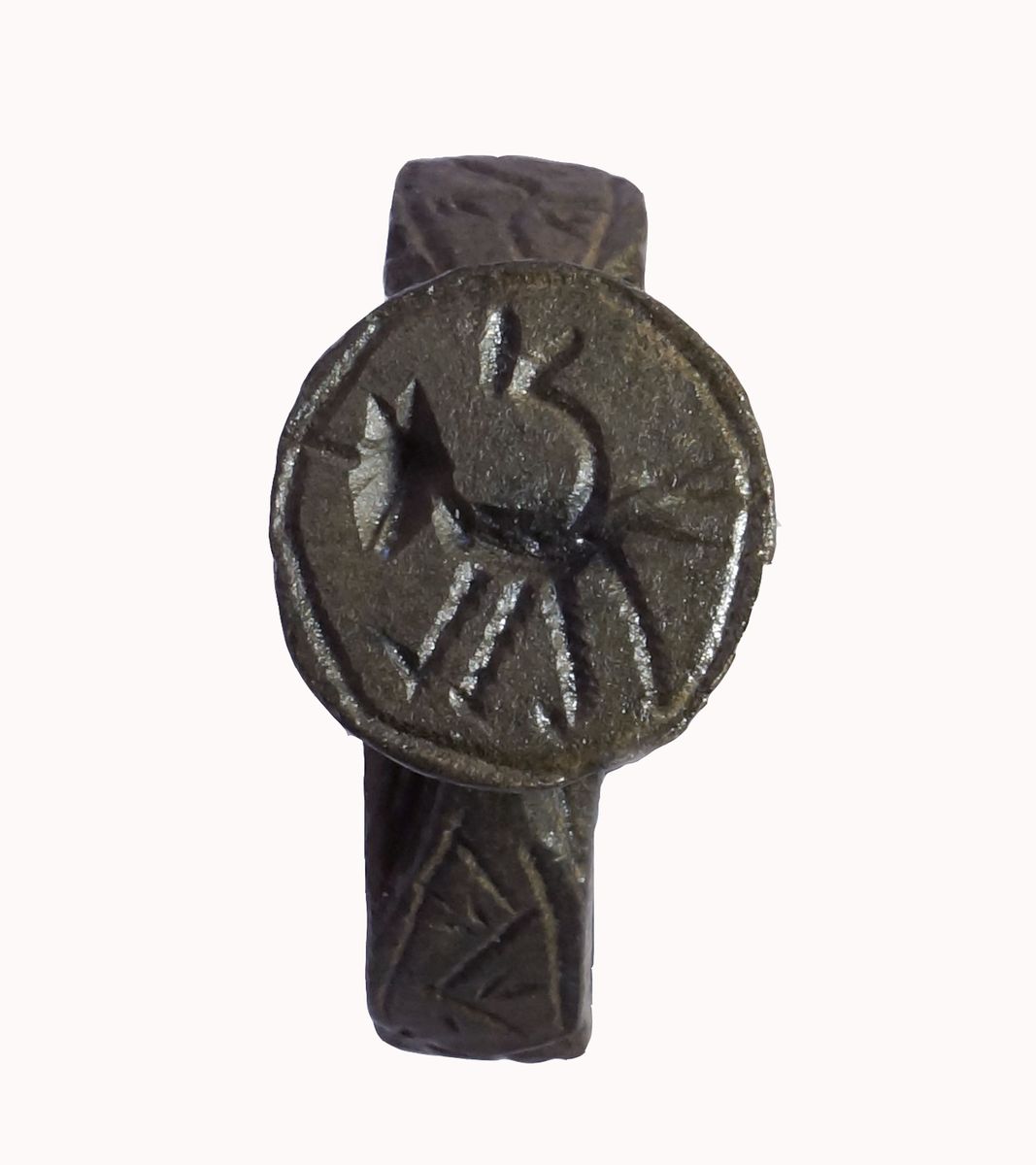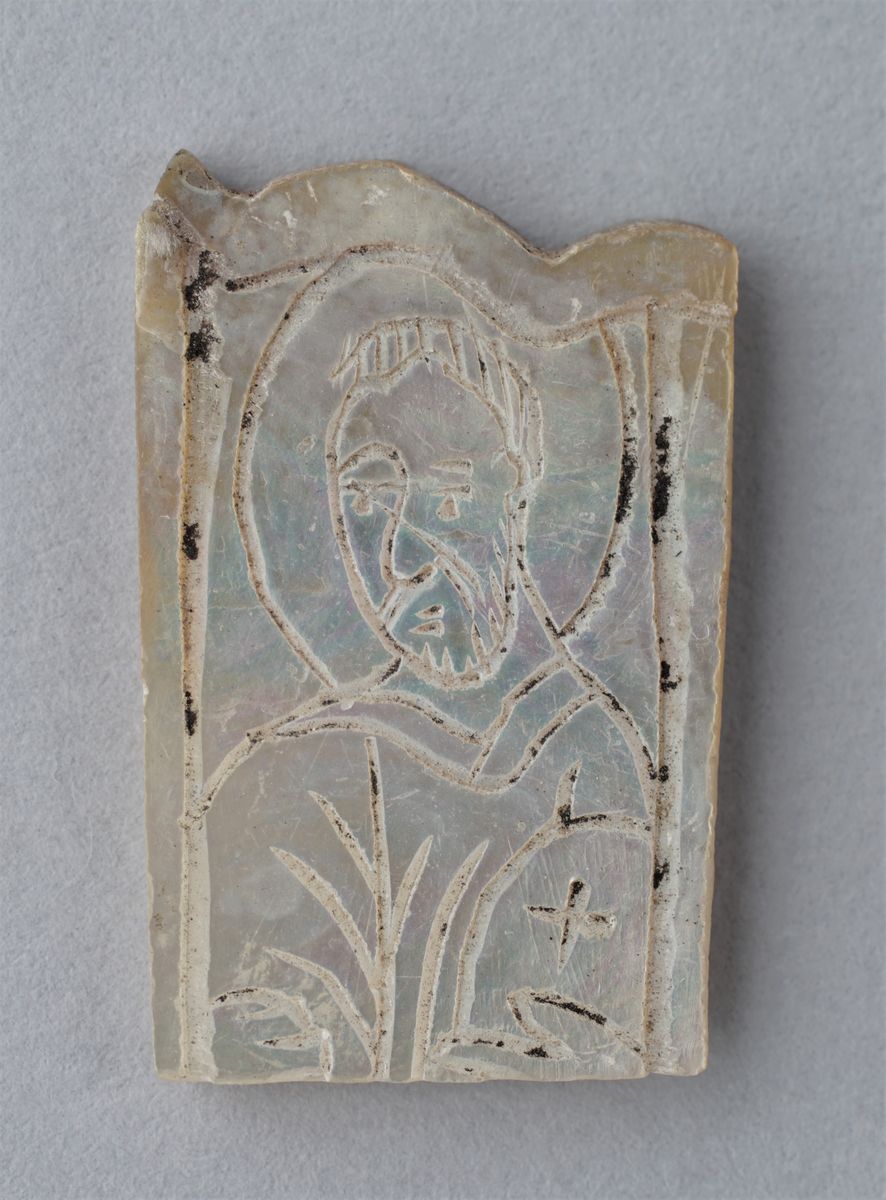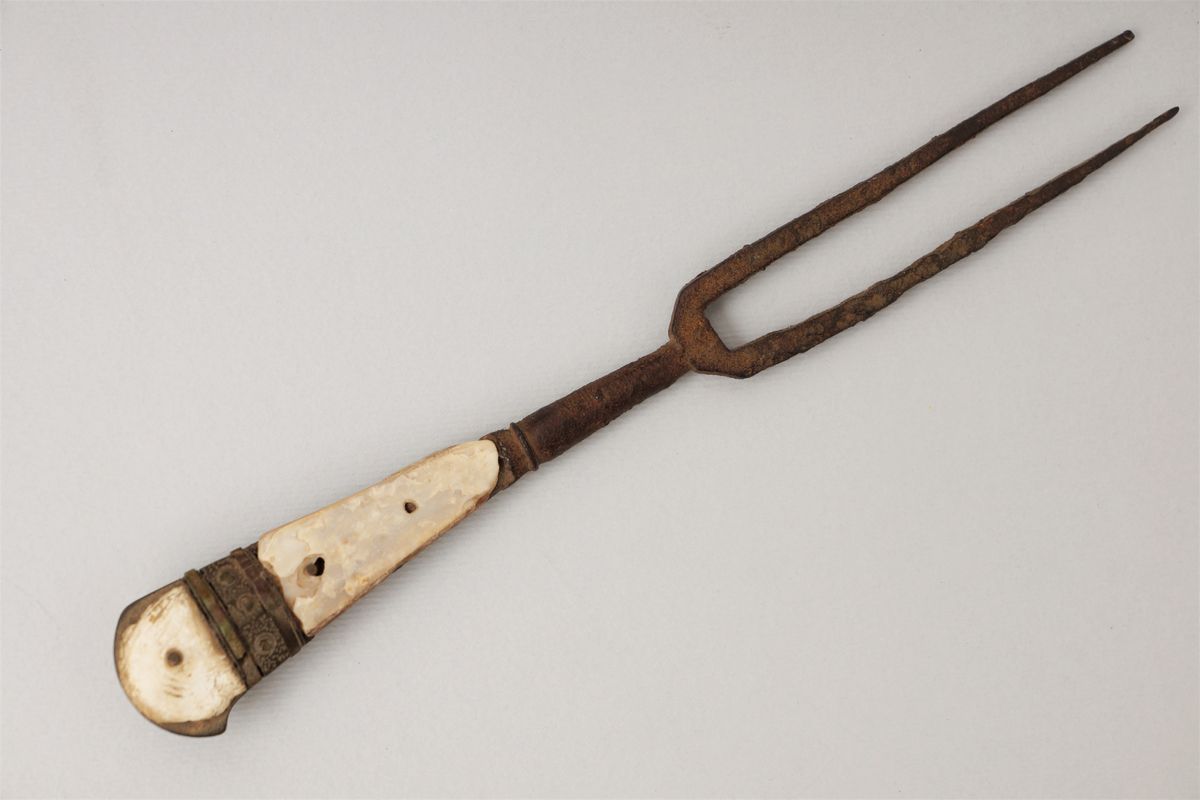
About the Collection
The Archaeological Collection has developed from a minor collection, which numbered less than 100 objects in the middle of the 1970s, to a rich collection with over 2000 exhibits. Archaeological investigations were the main source from which the Archaeological Collection was formed, and the objects were classified into three main subcollections: prehistory, ancient and mediaeval.
It is necessary to emphasise an extremely valuable Legacy of Leposava Aleksić Zarić, which includes valuable Hellenistic, Roman, Byzantine and mediaeval archaeological material, as well as numismatic, ethnological, historical and artistic material. Out of the total of 213 objects, 87 belong to the field of archaeology and make part of the well-known Dunjić collection, whose largest part is in the National Museum in Belgrade, and a small part in the Belgrade City Museum.
Part of their legacy was inherited by Leposava Aleksić, who, after years of storage, just like her relatives, decided to donate valuable items to the museum institution. Her commitment to the National Museum in Kraljevo was prompted by the fact that her father Miodrag, ie grandfather Mihailo Hadži Aleksić, a prominent merchant and politician, were from Kraljevo.
The Archaeological Collection of the National Museum in Kraljevo provides an insight into the local culture from different periods, and, on the other hand, it preserves a collection of representative mediaeval material from its territory, which has a wider national importance; on the third plan, it preserves the material which is not from this territory but has a universal and broader cultural aspect. As a whole, the collection represents a significant resource of the heritage whose structure enables different aspects of communication with the past.

Prehistory
The palaeolithic investigations during the last decade (Vlaška Glava site, Samaila, the beginning of the Middle Palaeolithic) introduced even the oldest material from this area into the Collection. The largest shares in the prehistoric collection belong to the New Stone Age – Neolithic (the sites of Okruglica in Vitanovac and Crkvine in Konarevo, from the Early Neolithic, Divlje Polje in Ratina, from the Late Neolithic) and the Iron Age (Kovanluk, Early Iron Age, Crkvine in Konarevo and Divlje Polje in Ratina Late Iron Age), while the Bronze Age has been least investigated. These sites are prehistoric settlements, so that the discovered objects belong to a broad range of human activities and necessities of life (dishes, tools, weapons, decorative and cult objects…). This segment also includes a remarkable finding from a headman’s grave from the Early Iron Age, from the village of Kruševica near Raška. It is luxurious silver and gold jewellery found together with a bronze wine jug (oinochoe) and a skyphos, a cup for drinking wine, from the first half of the 5th century B.C. At the same time, the treasure from Kruševica is one of the most valuable finds of the National Museum in Kraljevo, and not only the Archaeological Collection (it enjoys the status of a cultural asset of exceptional importance).

Antiquity
The material from the period of Late Antiquity (4th-6th century) occupies the largest portion of the ancient subcollection. One part originates from Gradište in the village of Čukojevac near Kraljevo, which represented a refuge – fortification which served as a shelter for the surrounding population in case of danger, in insecure times of barbarian incursions, during the Migration Period. It is a wide spectrum of objects from everyday life (dishes, antler objects, iron and bronze tools, weapons, grindstones, glass…), which is added by brick found in a brick kiln in the same village by the West Morava. The objects for personal use and fashion (fibulae, necklaces, earrings, bracelets, decorative needles, buckles) originated mostly in the necropolis of Lanište in Korlaće near Baljevac. The whole glass and ceramic bowls, as fine representatives of the Roman provincial culture, were preserved in those graves.

The Mediaeval Period
The mediaeval period is firstly represented by the jewellery found in the necropolises investigated by the National Museum Kraljevo in the vicinity of Kraljevo, such as the Roman graveyard in Ratina, the Turkish church and the Giant graveyard in Lazac, Panjevac in Čukojevac, mostly from the first half of the 13th century, i.e. they coincide with the time of construction of the monastery of Žiča. On the other hand, the National Museum Kraljevo, responsible for the territory of Kraljevo, Raška and Vrnjačka Banja, preserves the material of the kindred institutions which carried out excavations on this territory, such as the Republic and Kraljevo institutes for the protection of cultural monuments or some scientific institutes. In that way, the Museum obtained the material from the investigations of the monastery of Žiča, Gradac, Nova Pavlica and Končulić, the mediaeval town of Maglič, St. Petka Church in Radošići near Raška and Saint Nicholas Church in the lower mediaeval town of Brvenik.
